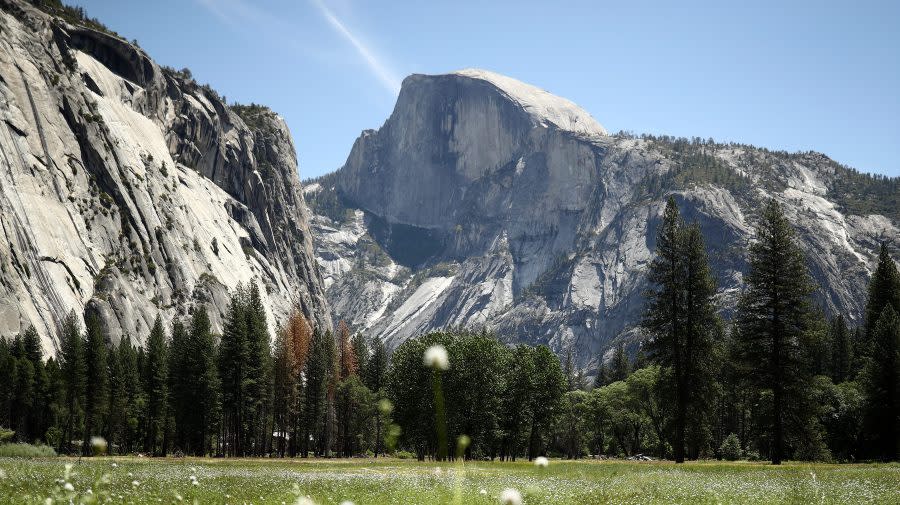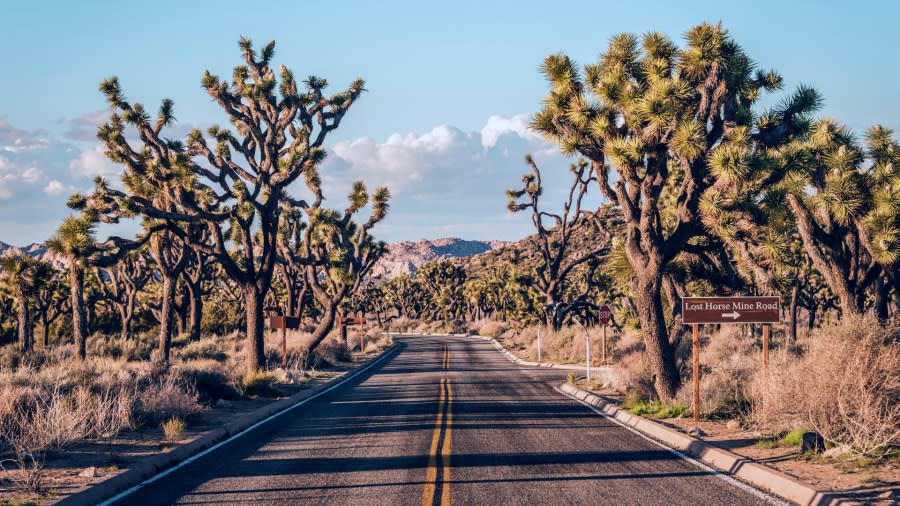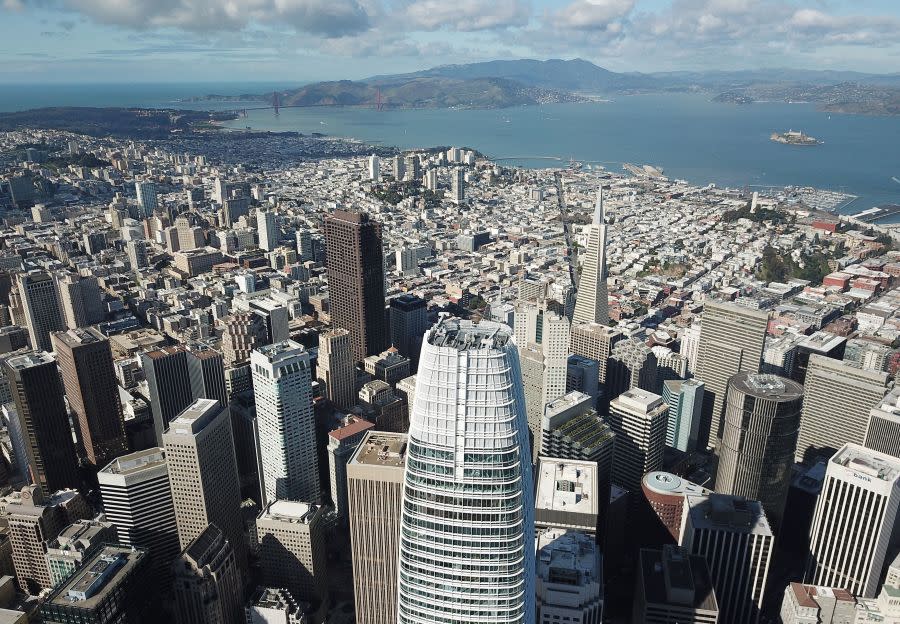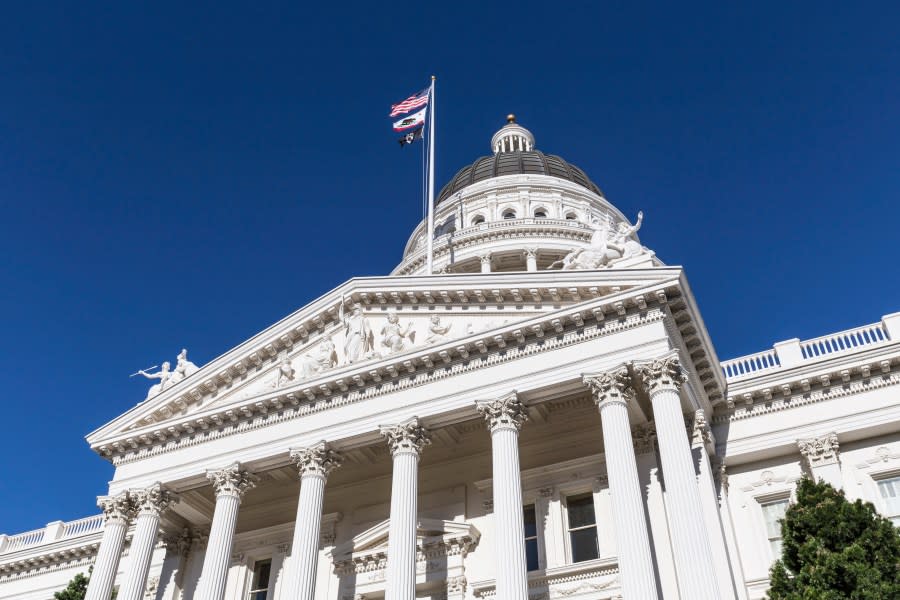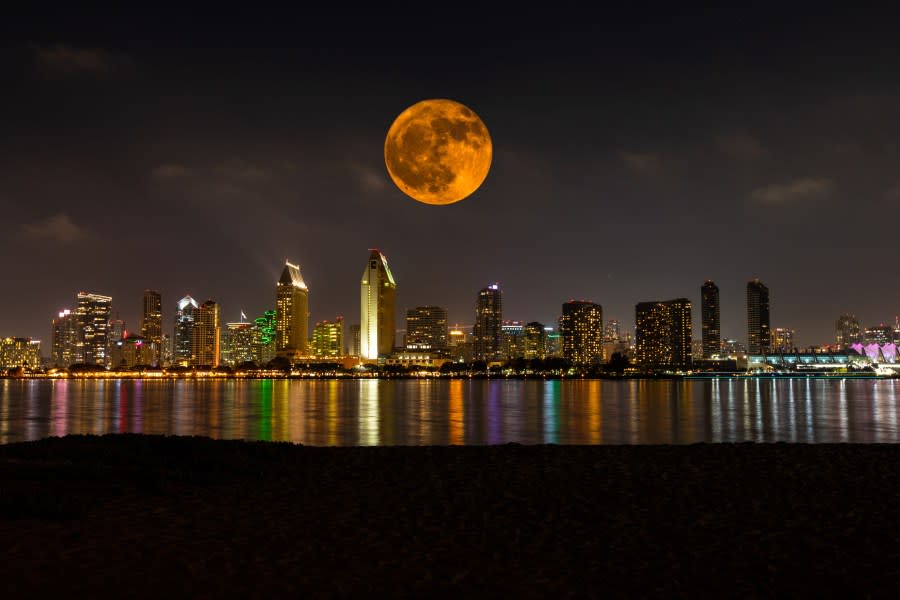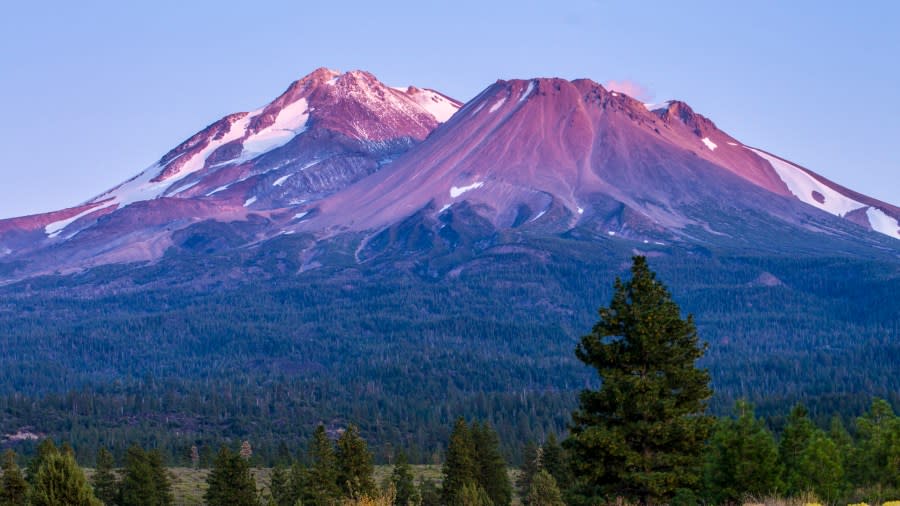Admission Day: California admitted to United States 173 years ago
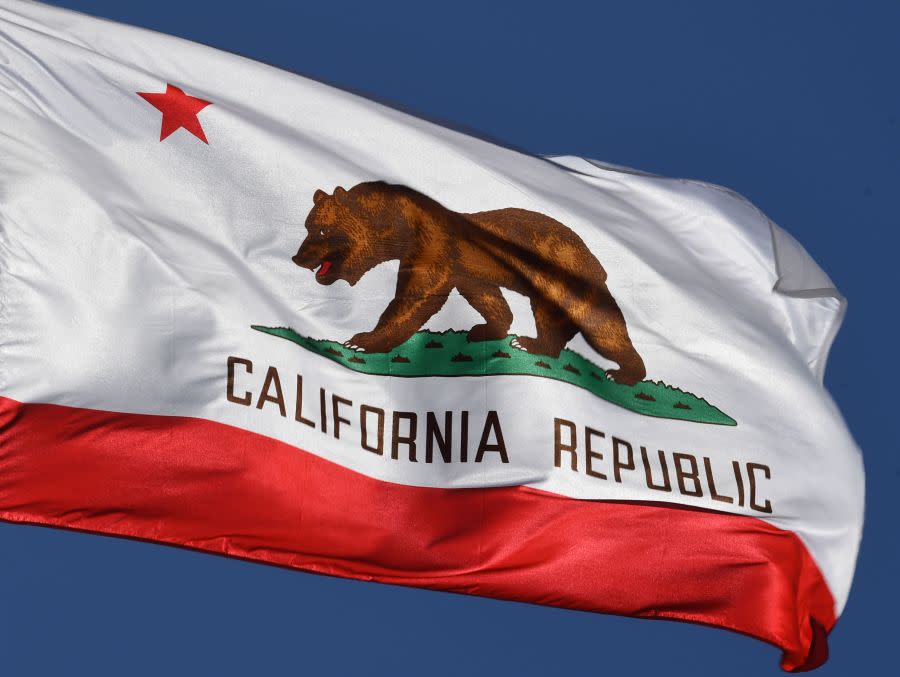
Happy 173rd birthday, California!
On Sept. 9, 1850, California became the 31st state to be admitted to the Union after the Compromise of 1850 was signed by then-President Millard Fillmore.
California became a state relatively quickly, as the Gold Rush that started in 1848 – just days after the Treaty of Guadalupe Hidalgo was signed between the U.S. and Mexico, which ceded most of the Southwest and all of present-day California to the states – led to an influx of settlers, and a hasty constitutional convention was held the following year.
It was at this convention that the state seal that we all know today was created. The seal features 31 stars, symbolizing California’s admission as the 31st state, as well as the Greek goddess Athena, a grizzly bear feeding on grape vines and the state motto “Eureka.”
Also included in the seal’s complex imagery are nods to what the state’s founders thought were important issues, including mining, farming and water transportation, the California Capitol Museum said.
The seal itself was designed by a career military officer named Robert S. Garnett, who later fought in the Civil War in Virginia for the Confederacy and died during the Battle of Corrick’s Ford near present-day Parsons, West Virginia.
Homeowner scares off bear that pushed through screen door in South Lake Tahoe
In the Golden State’s early days, the capital moved frequently; by the time Sacramento was designated as the center of the state government in 1854, the state legislature had already convened in San Jose, Vallejo and the small town of Benicia, according to the California Department of Parks and Recreation.
And while Admission Day is now a little-known holiday, it used to be quite a large celebration, the Los Angeles Times said.
An undated photo of Echo Lake cityscape over Los Angeles skyline. (Getty Images) A view of Half Dome on June 11, 2020 in Yosemite National Park, California. (Photo by Ezra Shaw/Getty Images) On the road through Joshua Tree National Park, a sign indicates the turn for Lost Horse Mine Road. (Getty) Downtown San Francisco, California. Median home prices in the S.F. Bay Area were $1.25 million in August 2023. (Getty Images) California State Capitol. (Getty Images) A full moon is pictured over the San Diego skyline. Mount Shasta is seen in a file photo. (Credit: iStock / Getty Images Plus) Standing water from recent flooding forms a lake near Badwater in Death Valley. Aug. 2023 (NPS)
In 1925, Orange County was decorated with Diamond Jubilee colors commemorating the state’s 75th anniversary, and nearly 200,000 people flocked to the streets of Santa Monica in 1937 to watch a five-mile parade depicting periods of California history.
California nearing decriminalization of mushrooms, other natural psychedelics
By the mid-1970s, a bill that would have “killed off” Admission Day made its way to Gov. Jerry Brown’s desk, but he vetoed it in 1976.
However, the holiday was scrapped in 1984 by Gov. George Deukmejian and turned into a “flabby, floating day off work for state employees,” the L.A. Times said.
Regardless of how large — or small — the festivities are, a lot has happened since the birth of what has now become the most populated state in the country.
Complete with multiple metropolises and a gross domestic product that would rank 5th in the world if it were an independent nation, California has flourished into one of the most important parts of not just the United States, but the entire globe.
For the latest news, weather, sports, and streaming video, head to KTLA.


